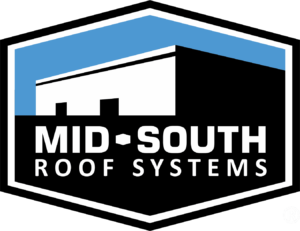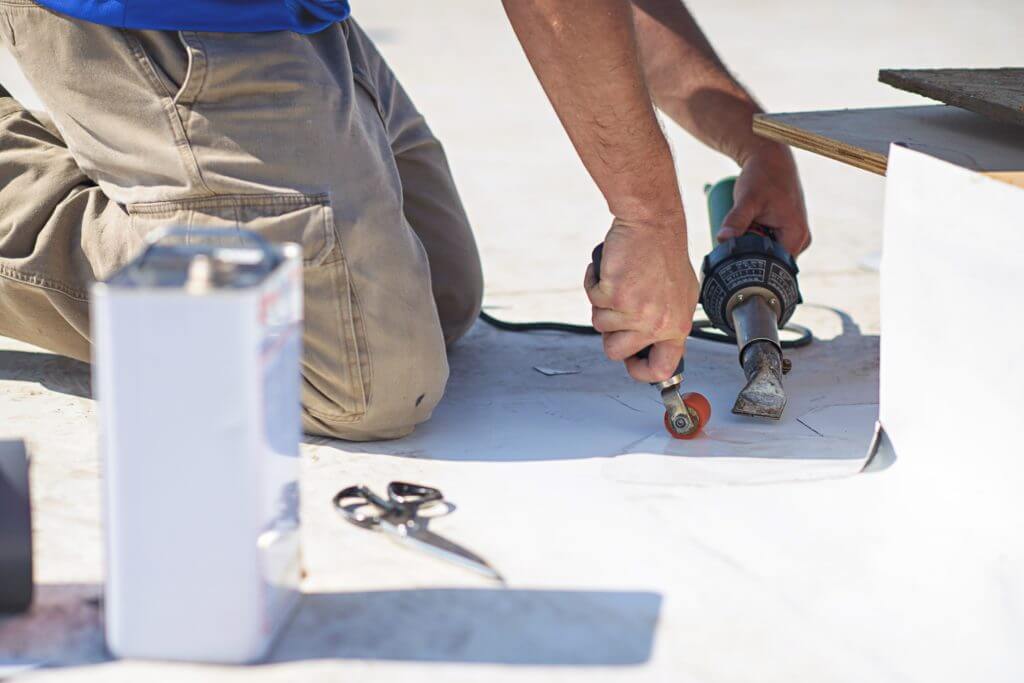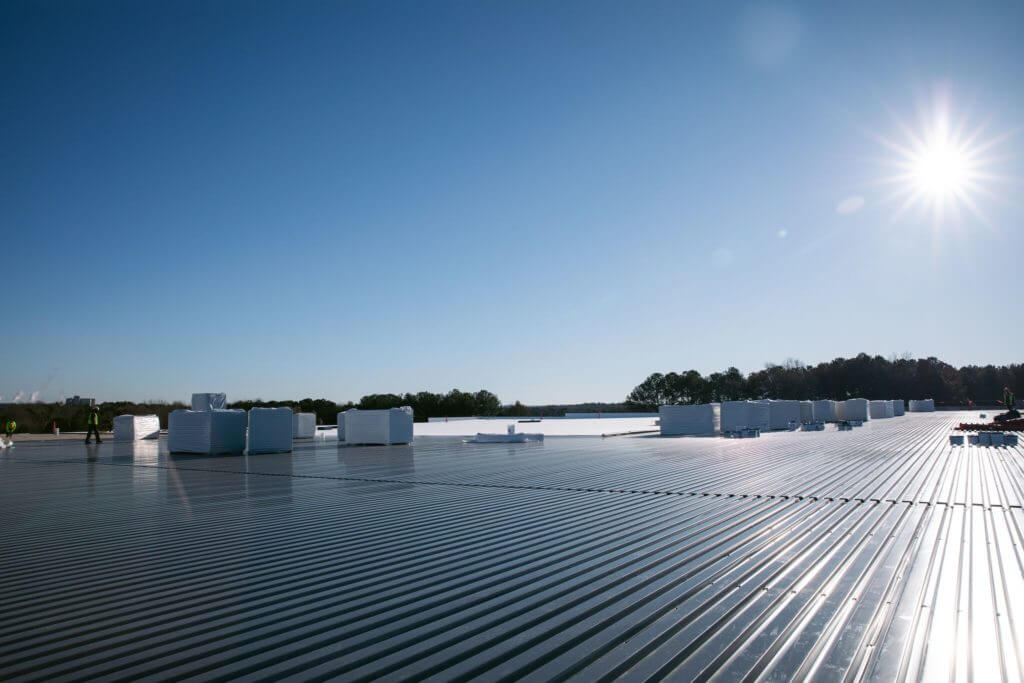How Hurricanes and Storms Impact Your Roof


The summer months are known for hurricanes and severe thunderstorms. Storms can wreak havoc on your commercial roof and leave you with costly repairs. The team at Mid-South Roof Systems has weathered many storms and wants to help you be prepared. Being proactive with your roof maintenance could save you significant hassle and money when the next summer storm hits.
Risks With Your Roof
Hurricanes and severe storms can test the limits of your roof. Specifically, roof edges are a weak point for many commercial roofs because they can become loose over time. If your roof has a low slope, it’s more vulnerable at the corners, flashing areas, and seams. Older and/or unmaintained roofs will be more susceptible to storm damage as well. Scheduling a professional inspection is one of the best ways to know your roof’s current storm damage risk. If your roof has existing damaged sections or weaknesses, a professional inspector can point them out so you can have them repaired before the next major storm hits.
Hurricane Concerns
The high winds produced by hurricanes have the potential to cause major damage. Even Category 1 hurricanes can produce 75 mph wind gusts which can cause downed power lines, roof damage, and damage to trees. High winds can produce a force called to uplift, which (in severe conditions) has the potential to blow off the entire roof. Less severe incidences of uplift can still compromise the integrity of your roof by peeling or separating the roof membrane as well as damaging penetration flashings. Wind-driven rain can penetrate any tiny roof openings which could lead to mold, mildew and water damage inside your building. This water damage can eventually cause structural issues. It is no secret that mold and mildew growth will negatively impact the health of anyone inside your facility.
How to Be Prepared
The best time to prepare for a storm is before the storm comes. When possible, getting ready before the summer storm season is ideal. If your commercial building is not storm-ready yet, we recommend taking these steps as soon as possible.
- Schedule a Professional Roof Inspection–In most cases, storm damage is more severe when a roof is already compromised. For example, if your roof membrane is peeling away from the edges, there is a greater chance of damage to your building when a storm hits. A professional roof inspector will evaluate your roof system and provide a thorough report on its condition. If weak points are discovered, dealing with them right away is the best course of action. Resealing your roof membrane at the edges, flashings, penetrations, and at any weak point will help your roof endure the next storm. Your roof inspector may be able to provide pictures of your roof so you have proof of the pre-storm condition if damage occurs and you need to file an insurance claim.
- Call A Tree Service–If trees or branches overhang your commercial building, a professional tree service should evaluate them. Fallen tree branches can do significant damage to your roof’s membrane, while damage from a whole tree falling can be catastrophic. Your tree service should be able to provide a risk assessment for nearby trees, so you know any potential risks to mitigate.
- Have your Gutters and Drains Cleaned–Clogged drains or gutters can lead to expensive and inconvenient damage. When drains and gutters are not properly removing the rainwater from the roof surface, the resulting pool of accumulated water can increase the pressure on your roof system. This condition, also known as “ponding,” could lead to roof leaks.
- Review your Coverage–Before the summer storms hit, it is wise to check with your insurance company about your current coverage. Adjusting your coverage ahead of hurricane and storm season may be wise.
- Budget for Repairs–The average commercial roof lasts between 15 and 20 years, depending on the material choice, installation method, weather conditions, and other factors. Proper maintenance can help maximize the longevity of your roof. Storms will inevitably come, so being prepared in advance will help you avoid a crippling expense. Start budgeting for roof repairs now, so your company will be ready when repairs are necessary.
After a storm hits, remember to schedule a post-storm inspection with a roofing professional. A professional inspector can give you a clear picture of the damage and recommend the needed repairs. Whether you need an inspection before or after a storm, our roofing professionals at Mid-South Roof Systems are standing by to help.
LIKE WHAT YOU JUST READ?
Sign up for our newsletter to get fresh articles, updates and more!
How To Communicate The Need For A Commercial Roofing Budget To Executives
Budgeting is a fundamental step in responsible building management. A budget ensures that you’ll have sufficient funds to cover your facility operations and maintenance. And knowing that you’re prepared for the unexpected allows you to rest easy.
How to Prepare Your Roof for the Spring
With a new season comes a shift in weather patterns. This change can have a significant impact on your roof. Temperature changes put stress and strain on the seams of your roof membrane. During the spring and fall temperature cycles, expansion and contraction flex the membrane and sealants of your roof. As a result, these…


